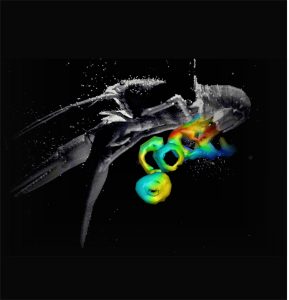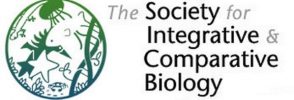In spite of the many rapidly changing challenges we face, the members of the Division of Comparative Biomechanics continue to pull together. We laud their efforts! At Chapman University in Orange, California, Patricia Lopes and Doug Fudge have organized the Southwestern Regional SICB meeting, “Southwest Organismal Biology,” held on October 23rd. At Georgia Tech University in Atlanta, Georgia, David Hu has organized the Southeastern Regional SICB meeting held on November 6th. For questions related to either regional meeting, please contact the organizers directly.
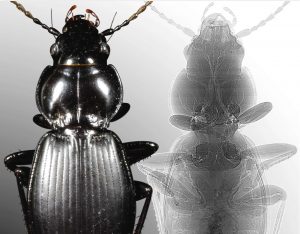
Members also stepped up to be considered to serve on the Gans Award Committee. Monica Daley, chair of the committee, was joined by Anabela Maia, Sharlene Santana, Nick Burnett, and Bill Ryerson. Read on to learn more about this team’s work this fall.
Opportunities to serve abound – and our divisional work depends on you volunteering – so please continue to step up as we work together to navigate uncharted waters.
Contents
DCB Officers and Elections
As a reminder, your current officers through January 2022 are:
- Chair: John Long chair.dcb@sicb.org
- Chair-elect: Brooke Flammang
- Program Officer: Matt McHenry dpo.dcb@sicb.org
- Secretary: Emily Kane secretary.dcb@sicb.org
- Student and Postdoctoral Representative: Armita Manafzadeh armita@brown.edu
Congratulations to our newest DCB officers, Secretary Laura Habegger and Program Officer Jimmy Liao. Elected this past spring, their terms of office begin after the end of our annual meeting in Phoenix, in January, 2022. We thank Laura and Jimmy for taking on these important responsibilities, volunteer positions that keep our division running. We also thank the other candidates who stood for election and helped give us great choices from which to choose.
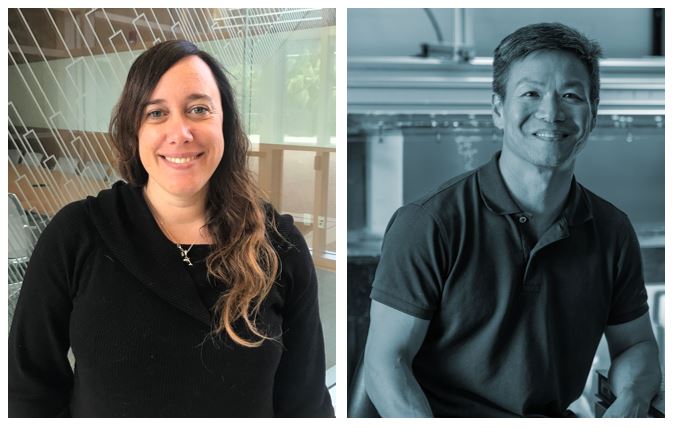
In our next election in the Spring of 2022, we’ll be selecting a new Chair-elect. To oversee this election, we are assembling the 2022 Election Nominating Committee; their job is to seek nominees representing the diversity of our membership and then select those who will stand for election. If you would like to serve on this important committee, please email the DCB chair, John Long (chair.dcb@sicb.org)
Carl Gans Award Winner
This year, with guidance from President-elect Patricia Hernandez, the DCB officers, including our SPD representative, piloted a new process for selecting the Gans Award Committee (GAC) and evaluating applicants. The procedure aims to address society and divisional goals to increase inclusion and diversity of award committee members, applicants, and awardees. We drafted a handbook that outlines procedures to select GAC members that better represent the diversity of our community, including a student and postdoc member (this is a new addition!), as well as to create a rubric for assessment of applicants prior to receiving applications. This year’s committee had several excellent recommendations for improving these procedures, and DCB officers are in the process of reviewing and refining our procedures in preparation for next year’s Award. We thank the committee for their willingness to serve and pilot our changes!
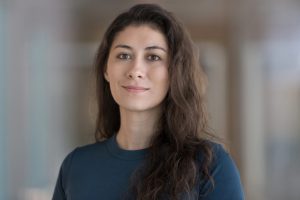
The Division nominated eight excellent candidates for this year’s Carl Gans Award. We would like to congratulate Talia Moore, Assistant Professor of Mechanical Engineering at the University of Michigan, for being selected as this year’s awardee! Dr. Moore’s integrative work combines field, lab, and theoretical approaches to understand how motion evolves, using model systems such as bipedal rodents and bio-inspired robots. Additionally, Dr. Moore leverages biomechanics to foster collaboration and inclusion in both teaching and research settings. For example, Dr. Moore has developed a Fieldwork First Aid and Risk Management course as a result of assessing differential risks related to fieldwork hazards experienced by male and female participants. The Gans Award Committee noted that “the strength of the portfolio presented by Moore stood out as outstanding in all areas, including the creativity, innovation, and breadth of research, excellent mentoring track record, and outstanding efforts towards diversity and inclusion.” Be on the lookout for Dr. Moore’s keynote address at SICB 2022 as we continue to plan this year’s program.
Best Student Paper Competition
We had 18 submissions for the DCB Best Student Paper competition! Of these, DCB officers chose the top 8 finalists to compete for the annual Mimi A.R. Koehl and Stephen A. Wainwright Award for Best Student Presentation in Biomechanics. Officers decided that we will not hold a competition for the Stephen Vogel Award for Best Student Poster in Biomechanics this year. Keep an eye out for the special session dedicated to DCB student award finalists at the 2022 meeting! This year’s finalists are (in alphabetical order):
- Benjamin Cellini (The Pennsylvania State University) – Complementary control of head and body movements in flies reveals the energetic basis of gaze control
- Griffin Donley (Clemson University) – Insect antennae: Morphology, structure and mechanical performance
- Jacob Harrison (Duke University) – Starting to snap: the development and kinematics of spring-driven strikes in juvenile snapping shrimp
- Christina Harvey (University of Michigan, Ann Arbor) – Avian flight maneuverability: An inertial perspective
- Keegan Lutek (University of Ottawa) – Plastic neuromuscular control of an amphibious fish
- Jonathan Rader (University of North Carolina at Chapel Hill) – Aerodynamics predicts mechanical sensitivity and evolutionary rate in bird wings
- Wael Salem (The Pennsylvania State University) – Flies combine adaptive and passive mechanisms to compensate for wing damage in flight
- Katrina Whitlow (University of Chicago) – Quantifying the contribution of cranial bones to oral cavity volume change during suction feeding: a case study in lungfish, bichirs, and bowfin
Symposia
We are on track to continue supporting diverse and interesting symposia at SICB 2023. We will announce the DCB-supported symposia at the 2022 annual meeting. As always, the society and division encourage the submission of symposium proposals and are happy to offer feedback on symposium ideas. Here are the guidelines for what’s involved when organizing a symposium.
Once SICB members have submitted their symposium ideas, the DCB Program Officer will be involved with deciding which ones to approve and grant DCB support. Please help guide us through this process by taking about one minute to fill out this survey, which indicates the kind of symposium that you would like to attend or maybe organize yourself.
Please feel free to reach out to the divisional Program Officer, Matt McHenry (dpo.dcb@sicb.org), with your ideas or questions.
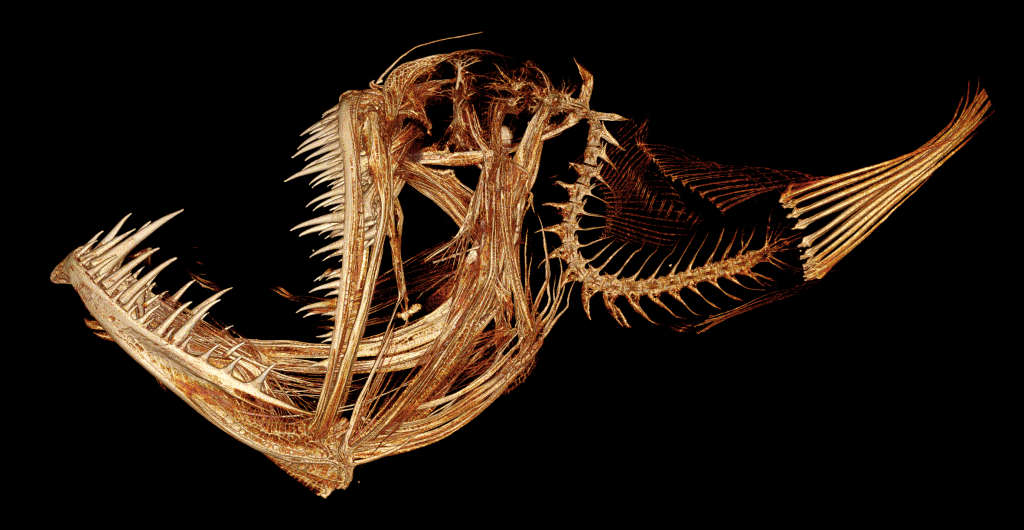
Students and Postdocs
The DCB Student and Postdoctoral Affairs Representative is available to serve as (1) a liaison between the student and postdoctoral members of our division and the division leadership, and (2) an advocate for the amazing research you’re all doing.
So students and postdocs, please feel free to contact Armita Manafzadeh by email (armita@brown.edu) or Twitter (@armanafzadeh) with your suggestions, comments, concerns, or SICB-related feedback, and she will pass them along to the DCB officers.
Social Media
If you’re on social media, make sure you’re a member of our Facebook group and follow our new Twitter handle (@SICB_DCB_DVM — no longer @mechsNmorph!). Please tag @SICB_DCB_DVM in any tweets you’d like us to signal boost to our community, and feel free to ask science and/or logistical questions you might have in our Facebook group.
Our SPD rep, Armita, has been featuring some of our exceptional early career members on the @SICB_DCB_DVM Twitter a part of a #featureFriday series, and would love to keep doing so. If you’re interested in being featured, fill out this survey. (Do it, and tell your friends/students/postdocs to do it too!)
Workshop: The Mathematical Laws of Morphology and Biomechanics
Alessandro Maria Selvitella (Department of Mathematical Sciences, Purdue University Fort Wayne) and Kathleen Lois Foster (Department of Biology, Ball State University) are running a seminar series and working groups on the theme of ‘The Mathematical Laws of Morphology and Biomechanics’, in partnership with the NSF-Simons Center for Quantitative Biology at Northwestern University and the eScience Institute – University of Washington.
Seminars
Alain Goriely from the University of Oxford gave the first presentation in the seminar series on ‘Ten Ways to Model Growth’. This talk, as well as recordings of future seminars and working groups, is available on the Mathematical Laws of Morphology and Biomechanics YouTube Playlist. Check out the seminar page on the website for the upcoming talks.
Working Groups
Each term, working groups will concentrate on a specific topic, starting in Fall 2021 with Animal Locomotion and discussions based on Gordon et al.’s Animal Locomotion: Physical Principles and Adaptations (2017). The goal of the working groups is to form productive collaborations on projects that benefit from cross-disciplinary interactions. As part of working group meetings, participants will be encouraged to give short presentations on concrete problems (perhaps side-projects or problems that have been set aside due to a need for complementary expertise). These problems could come from biomechanics or morphology and might benefit from advanced mathematical or computational tools.
For more information about the seminars and working groups or to find out how to get involved, email the organizers (klfoster@bsu.edu or aselvite@pfw.edu), check out the website, or join the conversation on the MaLaMoBi Slack Channel.
